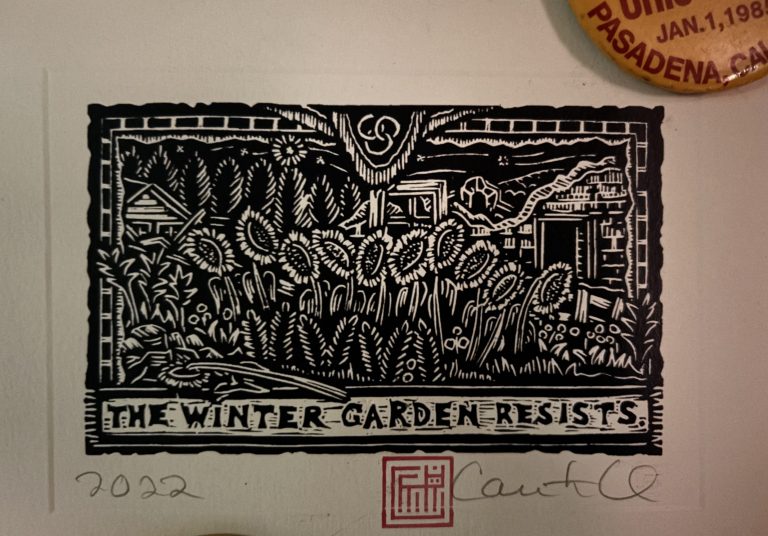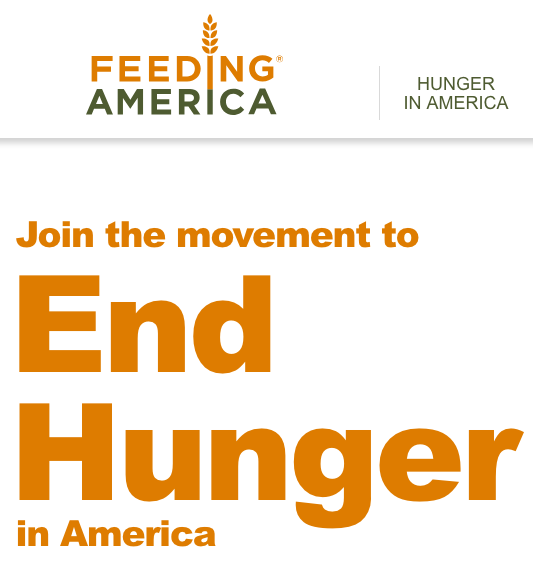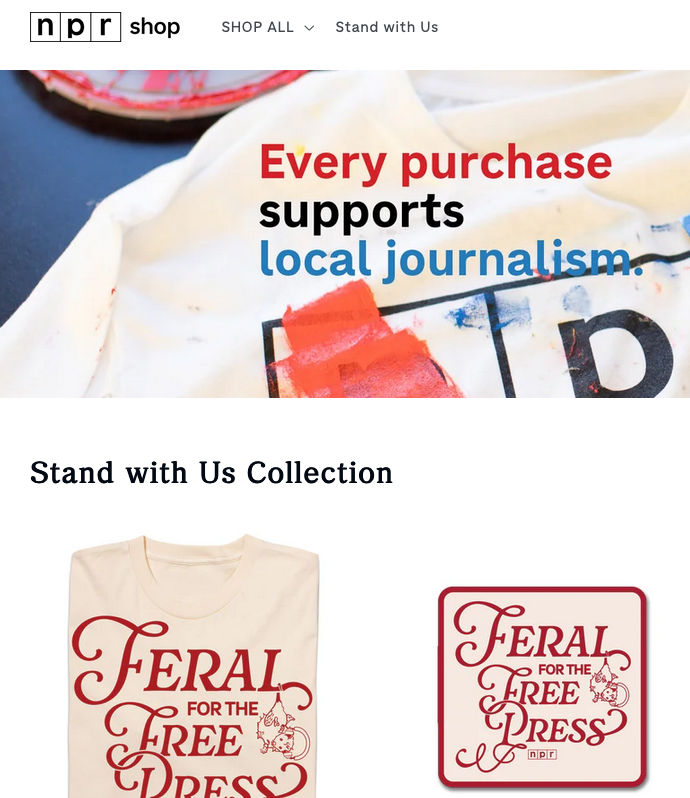Food Banks need Money
Food banks are seeing decreased funding and increased demand for their services. Food banks can stretch your dollar further by buying in bulk, get what they really need, and streamline handling. Donate money.
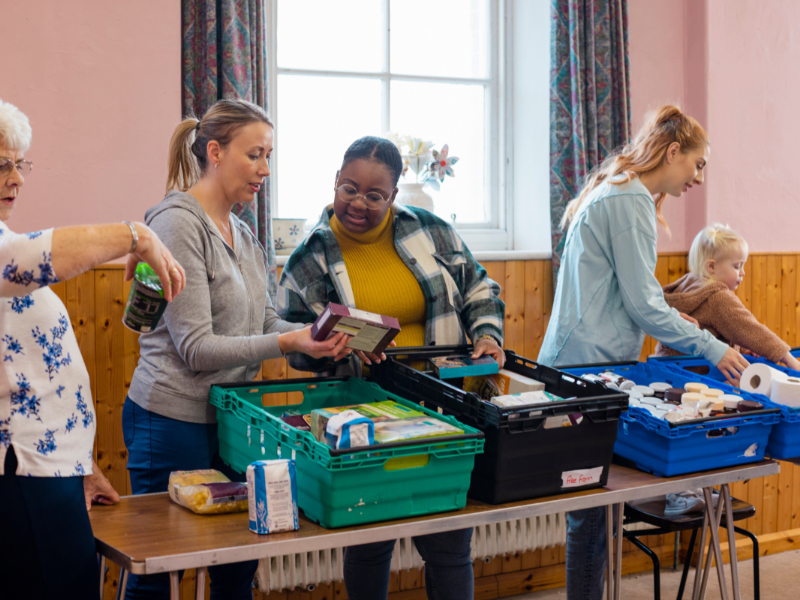
How to do it:
This time of year food drives proliferate. Food banks use thousands of volunteer hours sorting and shelving donations, checking expiration dates, and generally handling that can of whole cranberry sauce you accidentally bought. We’re not saying you shouldn’t donate food, but give money when you can. (Some food drives can take checks, or you can donate directly to the food bank.)
If you do donate food:
We embrace “yes, and” and sometimes there are good reasons to donate physical items. Engaging new volunteers, teaching children to be generous, etc. If you’re donating food, here is a list of commonly-requested items: https://www.uwcw.org/news/15-items-food-banks-always-need
Food Kits:
Fill a disposable cake pan filled with a box of cake mix, can of frosting, candles and lighter, and perhaps a small toy. Add a can of soda and a note explaining how it can replace eggs and oil, which can be hard to come by. Wrap it in cellophane with a festive bow. Families struggling with food insecurity often can’t afford even simple celebrations, but they deserve to make fun memories together, too. (You can probably think of other kits that might be useful, like soup kits.)
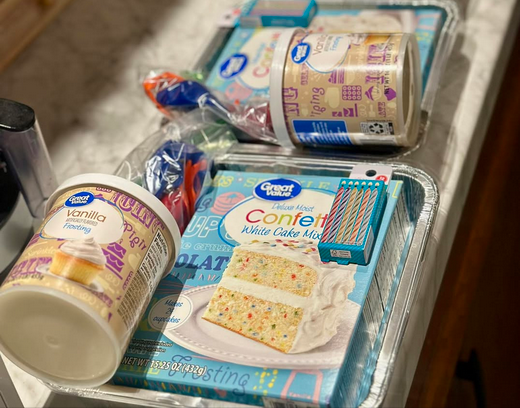
A note on school food drives:
Gamifying charity at schools often means competitions between classrooms and peer pressure to bring in the biggest haul. It teaches kids to enjoy doing charitable work, which is valuable, too!
If you can, talk to the PTA (or whoever plans the drive) about using a unified-product approach: each classroom is assigned a particular product that the food bank specifically wants. This bundles your donation while preserving the lesson. (Adjust product numbers by average price for fair competition.)


